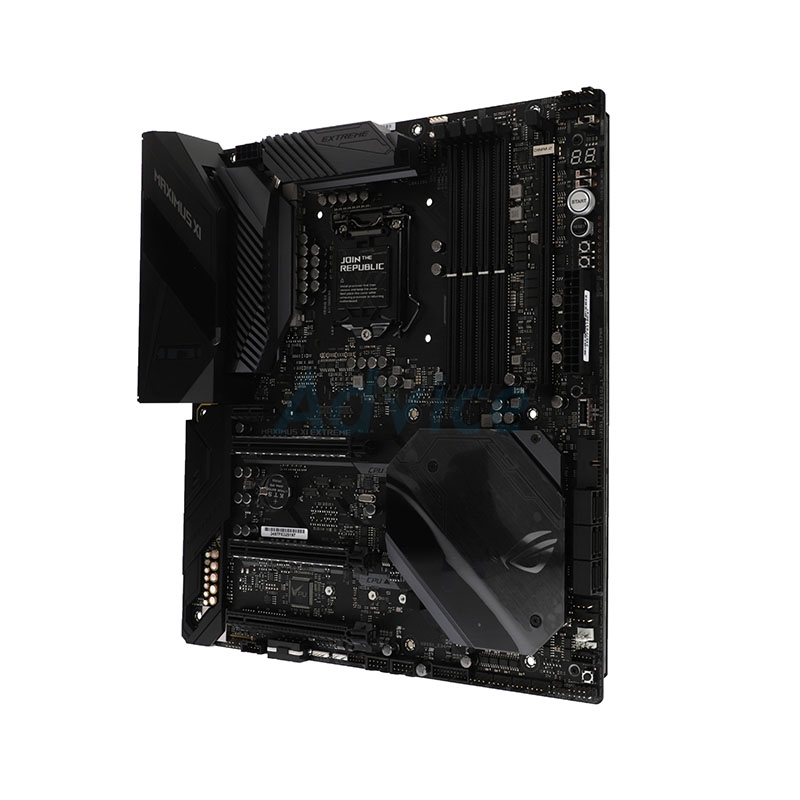How to Set Up Active Crossovers. The crossover runs on 12-volt DC power and will need a power connection to the car's battery. You also must run a ground line-to the car's chassis. Such as bass and kick drum, to pass through. This filter setting is used for the output routed to your subwoofer amps. Set the highpass filter's. Tips on Setting Up OS X DVD Player to Output Digital Audio 5.1/7.1 surround sound instead of PCM audio. Also iTunes surrond sound settings info. Includes notes on OS X DVD Player audio sounding worse when set to PCM instead of digital audio (i.e. Dolby digital or DTS) output. However, multi-room simultaneous playback is not yet a supported feature in the Dirac Audio Processor. If you are using an external processing unit, then multi-room may be supported by that device. To load several filters for simultaneous use in a multi-room setting, then please consult the user manual of the corresponding processing unit. Mar 11, 2015 Apple, in their wisdom (I must assume), have made the Sound preferences on OS X somewhat limited. There is no immediately obvious way to play sound through multiple devices, and no way whatsoever to play sound through headphones and the internal speakers simultaneously, or, God forbid, to direct system notifications sounds to one, and standard sound output to the other. Unlike other cross-platform compatibility solutions, CrossOver doesn’t require that you purchase a Windows license ($99) in order to run Windows software on your Mac – and with licenses starting as low as $39.95 USD, CrossOver is the most economical choice for running your Windows software on Mac. Jun 29, 2012 Changing the audio input and output on your Mac. May 11, 2014 The next thing to check on is the crossover; this is the point at which low-frequencies are redirected to your subwoofer instead of your other speakers. 80 Hz is a commonly recommended crossover setting because this is the generally accepted point at which it becomes difficult for humans to localize a sound.

You can use Audio MIDI Setup to configure audio input and output devices that you use with your iMac, such as microphones and multichannel audio interfaces. Audio MIDI Setup works with many types of audio and MIDI interface devices, including your computer’s built-in audio and digital multichannel audio devices. It works with devices connected to your iMac using FireWire, USB, Bluetooth, PCMCIA, and PCI.

Setting Crossover Mac Multi Output Software
The settings you can change in Audio MIDI Setup depend on the audio device you’re using. For example, if the device supports volume control, you can adjust the volume for each channel your audio output device has available by following these steps:

- Connect your audio devices to your iMac. If necessary, install any software included with the devices. See the documentation that came with your audio devices.
- Open Audio MIDI Setup (you can find it in Utilities, inside your computer's Applications folder).
- Choose an audio device from the list on the left side of the Audio Devices window.
- To use the device for sound input, choose 'Use this device for sound input' from the Action pop-up menu.
- To use the device for sound output, choose 'Use this device for sound output' from the Action pop-up menu. If you also want to use the device to play system sounds, choose 'Play alerts and sound effects through this device' from the Action pop-up menu.
- On the right side of the Audio Devices window, choose the options available for the device you're setting up:
- In most cases, leave the 'Clock source' pop-up menu on the default setting.
- To set up surround (multichannel) speaker configurations, click Configure Speakers. Then, choose the type of configuration you want to use. See Set up external speakers for stereo or surround sound for more information.
- You can set the sample rate and bit depth in the Format pop-up menus. Make sure they match the appropriate settings for your audio device and that the input and output sample rates are set to the same value. For example, the built-in speakers of an iMac computer may appear like this:
Additional settings
Setting Crossover Mac Multi Output Software
- If your iMac supports the hardware sample rate converter, the Hardware Rate Converter pop-up menu is available in the Input menu. When you choose Automatic from the pop-up menu, the hardware sample rate converter is turned on if the audio samples coming in are PCM and formatted according to the international standard IEC 60958-3. The hardware sample rate converter is turned off if the input stream is encoded. You can also choose Enable or Disable from the menu to keep the hardware sample rate converter turned on or off.
If you choose Enable from the menu, you may not be able to stream non-LPCM or encoded audio because the audio may not be recognized. - If software volume control is available for your device, the Volume sliders are blue to indicate they are active. Drag the sliders to set the volume for each channel.